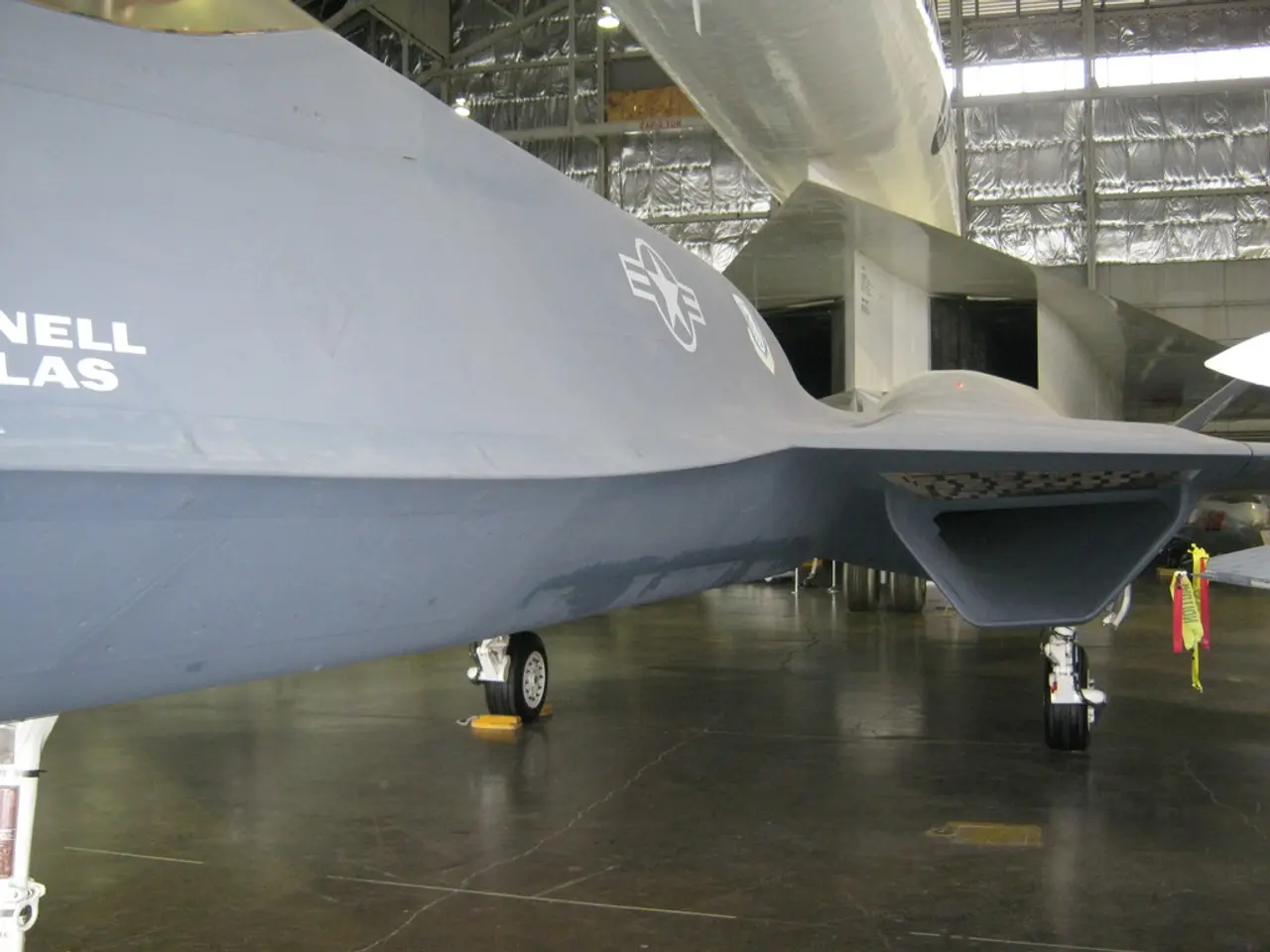Pioneer Extraordinaire in the Field of Aerodynamics: Henri Coanda
Henri Coandă: Pioneer in Jet Propulsion
Henri Coandă, a Romanian engineer, made significant contributions to the field of aeronautical engineering, particularly in the realm of jet propulsion. Born on June 7, 1886, in Bucharest, Coandă's fascination with wind and flight led him on a remarkable journey that would shape the future of aviation.
After completing his primary education, Coandă attended a military school at his father's request. However, his desire to pursue technical studies was unyielding. This led him to study engineering in Berlin following his graduation from the military school.
In 1909, Coandă ventured to Paris to study aeronautical engineering. It was during this time that his childhood fascination with wind would lead to groundbreaking discoveries.
Coandă is best known for designing the world's first jet-powered aircraft prototype, the Coandă-1910 Aircraft. Built in a friend's workshop in Paris, this aircraft, although it reportedly never achieved stable flight, demonstrated the principles of jet propulsion and the Coandă effect. The Coandă effect, a significant finding in aerodynamics, is the tendency of a jet of fluid to follow a curved surface, a novel design that Coandă employed to generate thrust.
After working as a technical manager in the UK for three years, Coandă returned to France during World War I. His innovations continued, and he worked on various aircraft designs, including collaborations at the Bristol Aeroplane Company. However, his first jet aircraft remains his most historically significant design.
Coandă's contributions to aeronautical engineering did not stop with the Coandă-1910 Aircraft. His discovery of the Coandă effect influenced various fluid flow and aerodynamic technologies, finding applications in aviation and machinery design.
Later in his career, Coandă served as the director of the Institute for Scientific and Technical Creation in Romania during the late 1960s and reorganized the Department of Aeronautical Engineering of the Polytechnic University of Bucharest.
Coandă's legacy is honoured in Romania, with the Henri Coanda International Airport named in his honour. In recognition of his significant contributions to engineering, Coandă received the UNESCO Award for Scientific Research.
Henri Coandă passed away on November 25, 1972, in Bucharest at the age of 86. His pioneering work in jet propulsion continues to influence the field of aeronautical engineering today.
References:
- Britannica, T. E. (2021). Henri Coandă
- BBC, (2010). Henri Coandă: The forgotten jet pioneer
- Smithsonian National Air and Space Museum, (n.d.). Henri Coandă
- The Aviation Geek Club, (2018). The Coanda-1910 Jet Aircraft: The First Jet Aircraft in the World
- Tech Explore, (2019). Henri Coandă: The forgotten pioneer of jet propulsion
Aviation pioneer Henri Coandă's influence extended beyond his first jet-powered aircraft, impacting the science and technology of fluid flow and aerodynamics with the discovery of the Coandă effect. The Coandă effectfinds applications in both aviation and machinery design, reflecting the aerospace industry's reliance on groundbreaking technologies. Henri Coandă's contributions to aviation and science were recognized with the UNESCO Award for Scientific Research, showcasing the financial value placed on such incisive work in space-and-astronomy disciplines.








